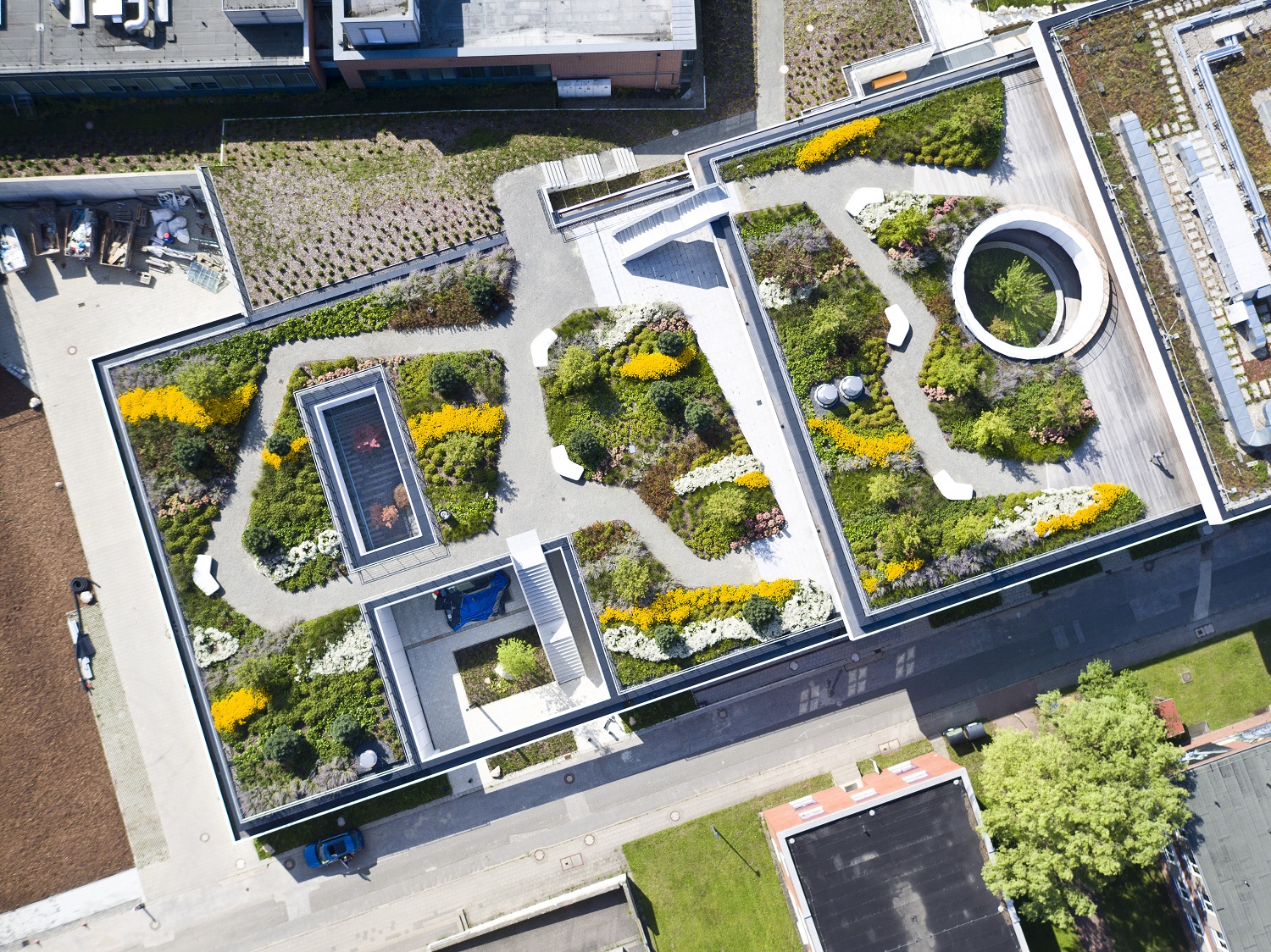
Latest News
The winner “BuGG Green Roof of the Year” 2021 is announced!
The winner of “BuGG Green Roof of the Year” 2021 has been recently announced! The German Association of Building Greening (Bundesverband GebäudeGrün e.V. – BuGG) has

The winner of “BuGG Green Roof of the Year” 2021 has been recently announced! The German Association of Building Greening (Bundesverband GebäudeGrün e.V. – BuGG) has

The World Green Infrastructure Network continues with its own publications. After its first book “Green Cities in the World” in 2014, the update in 2015

Green Infrastructure: There is an international movement towards the regeneration of urban landscapes due to an increased awareness about human impact on the environment. As
Follow us on the channel that best suits you to receive our latest updates!
Join us. Get member benefits. Promote your company, projects, products and services.